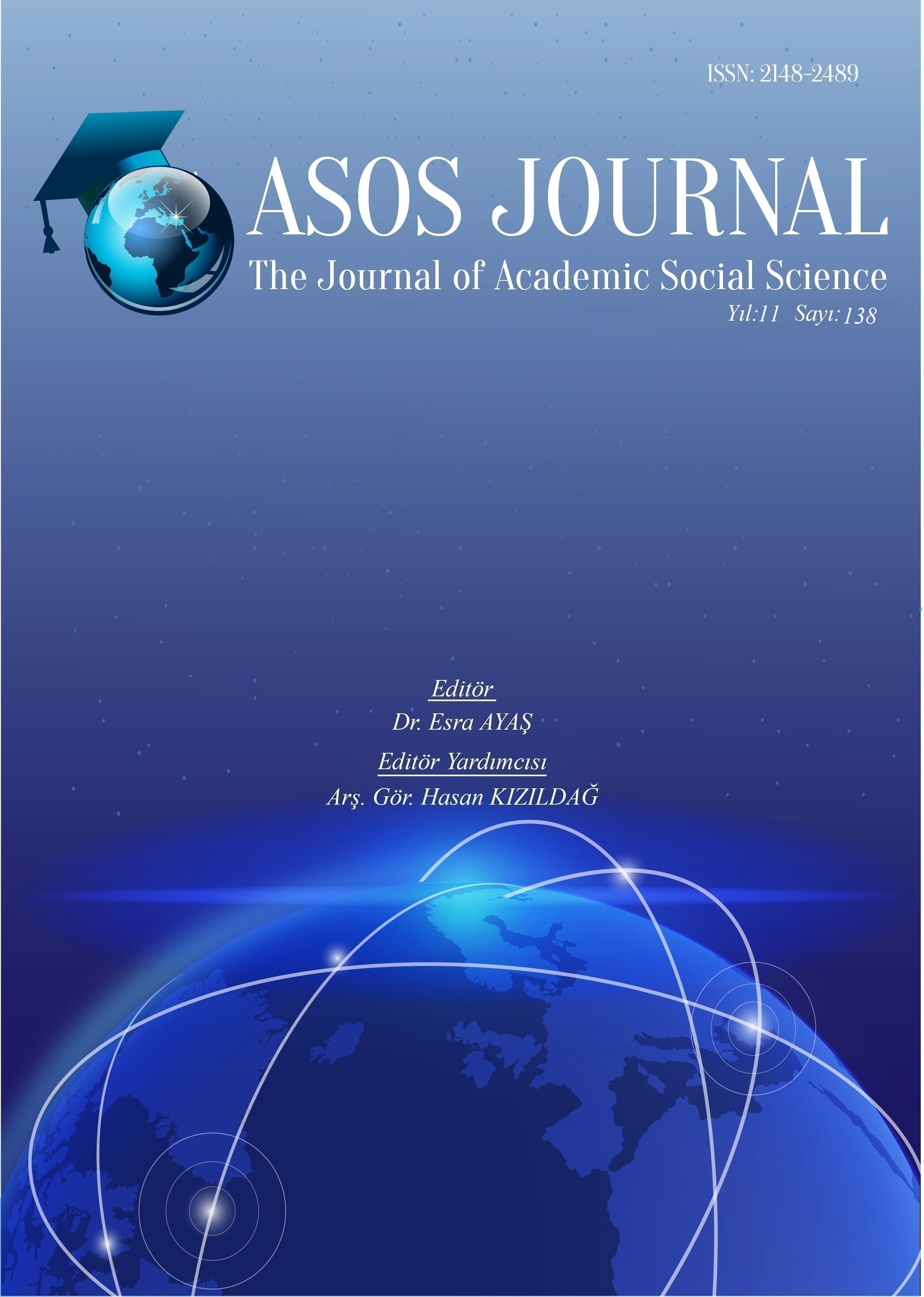Author :
Abstract
Merâga, İran’ın Doğu Azerbaycan bölgesinde yer almaktadır. Tarihi kaynaklarda bağlık ve bostanlık olarak tanınan Merâga, gerek Selçuklular gerekse İlhanlılar için bilim, kültür ve sanat alanında önemli kentlerden biri olmuştur. Bu bağlamda günümüze kalmış çok fazla sayıda el sanatları, mimari eserleri ve el yazmaları mevcuttur. Bu çalışmada ise Merâga’da yer alan Selçuklu dönemine ait Kümbet-i Surh (Kırmızı Kümbet), Burc-u Müdevver (Silindirik Kümbet), Kümbet-i Kabud (Mavi Kümbet) ve İlhanlılar dönemine ait olan Kümbet-i Gaffariye’ de yer alan çiniler teknik, motif ve felsefi düşünce bağlamında ele alınmıştır. Amacımız ise daha önce çeşitli yayınlarda farklı yönleri konu edinilen bu mimari örneklerin yoğun mimari plastik ögesi olan çini bezemelerini detaylı bir şekilde vererek kesik çizgi sistemlerinden oluşan sonsuzluk ilkesinin en kolay uygulanabildiği geometrik kompozisyonların mistik boyutlarını ve siyasi amaçlı kullanılan armaları da vurgulamaktır. İslam mimarisinde bu denli önem arz eden çini tekniklerinin ve bezeme çeşitlerinin Anadolu ile İran arasındaki benzer ve farklı yönlerinin tespitinde bulunularak bu hususta etkili olan dini, siyasi ve sosyal unsurlar üzerinde durulmuştur. Çalışmada ele alınan kümbetler Selçuklu ile İlhanlı arasındaki geleneğin sürekliliğini ortaya koyması açısından da önem taşımaktadır.
Keywords
Abstract
Maragheh is located in the East Azerbaijan region of Iran. Maragheh, known as a vineyard and orchard in historical sources, was one of the most important cities in the fields of science, culture and art for both Seljuks and Ilkhanids. In this context, there are many surviving handicrafts, architectural works and manuscripts. In this study, the tiles in Red Cupola (Kümbet-i Surh), Cylindrical Cupola (Burc-u Müdevver), Blue Cupola (Kumbet-i Kabud) and Blue Cupola (Kumbet-i Gaffariye) belonging to the Seljuk period and the Ilkhanid period in are discussed in the context of technique, motif and philosophical thought. Our aim is to emphasize the mystical dimensions of the geometric compositions, where the principle of infinity, consisting of dashed line systems, can be most easily applied, and the crests used for political purposes, by giving a detailed account of the tile decorations, which are the intensive architectural plastic elements of these architectural examples, the different aspects of which have been discussed in various publications. The similarities and differences between Anatolia and Iran in tile techniques and decoration types, which are so important in Islamic architecture, have been identified and the religious, political and social factors that are effective in this regard have been emphasized. The cupolas discussed in the study are also important in terms of revealing the continuity of the tradition between the Seljuks and the Ilkhanids.
